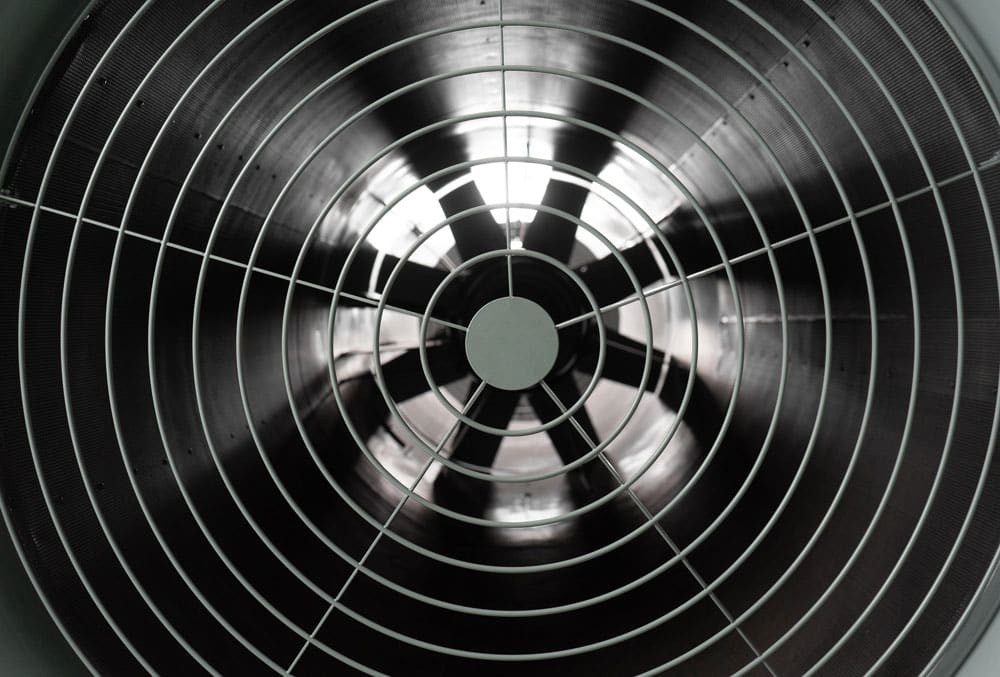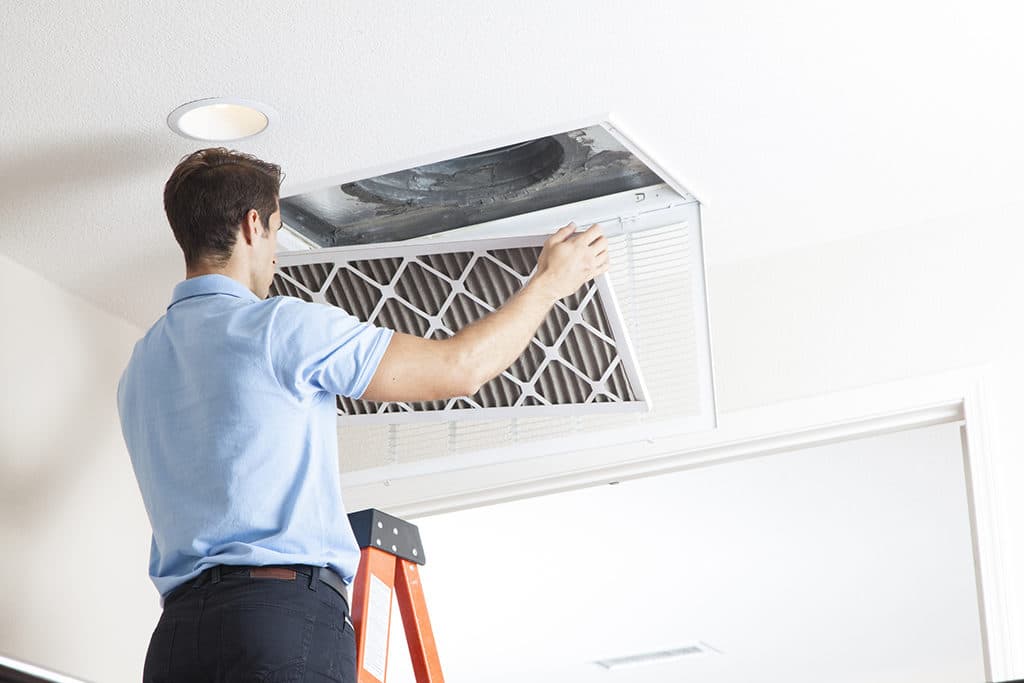Air balancing is a critical design skill that HVAC engineers and consultants must master. Proper air balancing is essential for ensuring that ventilation systems operate efficiently and effectively. In this article, we will delve into the significance of air balancing in ventilation systems, how it affects the functionality of a building, and common issues that can arise when ventilation systems are not properly balanced.
The Role of Air Balancing in Ventilation Systems
Ventilation systems play a vital role in maintaining indoor air quality and creating comfortable and safe environments in various types of buildings. To achieve this, it is essential to ensure that the air pressure within a space is appropriately controlled. Depending on the specific requirements of a building or area, ventilation systems may need to maintain negative, positive, or neutral pressurization.
Negative pressurization, for instance, is often used to prevent the entry of pollutants and contaminants from outside or other areas of the building. In contrast, positive pressurization can be employed to keep potentially hazardous gases away from certain spaces. Achieving the desired pressurization levels is primarily accomplished by adjusting supply and exhaust airflows.
The Importance of Airflow Control

Supply and exhaust airflows are measured in cubic feet per minute (CFM) and are crucial factors in controlling air balance. Increasing the supply air while maintaining exhaust airflow can create positive pressure, while the opposite can result in negative pressure. Achieving a neutral pressure balance is vital in some areas to prevent issues like air leakage.
Additionally, it’s important to consider that ventilation serves different purposes depending on the type of building. In residential and commercial settings, the focus is on providing breathable air quality for occupants. In contrast, industrial ventilation often aims to safeguard individuals from exposure to dangerous gases or contaminants. These varying needs make air balancing a versatile tool in maintaining indoor air quality and safety.
Challenges in Natural Ventilation

While the ideal scenario would be to rely on natural ventilation, it is not always practical. Some areas within buildings, such as underground levels or those entirely surrounded by other rooms, lack access to natural ventilation. In these cases, mechanical ventilation becomes essential for maintaining air quality and safety. Proper air balancing is a critical aspect of ensuring that these mechanical systems function as intended.
Understanding Air Infiltration and Exfiltration
In the context of air balancing, it is essential to acknowledge air infiltration and exfiltration. These are unintended airflows that occur in and out of buildings. Infiltration is the unwanted influx of outdoor air into the indoor space, typically occurring around windows, doors, and other openings. Exfiltration, on the other hand, is the opposite, where indoor air escapes to the outside.
Both infiltration and exfiltration can disrupt the desired air balance within a building. When these unintended airflows are not properly controlled, it can lead to energy inefficiency, discomfort, and air quality problems. Therefore, air balancing systems must be designed to address these challenges effectively.
Troubleshooting Air Balancing Issues

When ventilation systems encounter air balance problems, it is not always the result of faulty fans. Several factors can contribute to these issues, including damaged dampers or disconnected air ducts. To identify the root cause and address the problem effectively, it is advisable to seek professional guidance from an HVAC design engineer.
In some cases, ventilation systems are equipped with variable frequency drives (VFDs) for fan speed control. VFDs provide a valuable tool for simplifying air balancing. These devices can adjust the rotational speed of both supply and exhaust fans, ensuring that the ventilation load matches the required airflows. This technology helps to maintain proper air balance, improving indoor air quality and overall system efficiency.
Conclusion
Air balancing is an indispensable aspect of ventilation system design and operation. It directly impacts indoor air quality, energy efficiency, and the safety of occupants. By carefully controlling supply and exhaust airflows, HVAC engineers and consultants can create comfortable and secure environments in a wide range of buildings. Proper air balancing not only enhances air quality but also mitigates issues like air infiltration and exfiltration. In cases of troubleshooting, seeking professional expertise is crucial to identify and address any air balance problems. With the aid of technology such as variable frequency drives, achieving and maintaining air balance has become more attainable, leading to better overall performance of ventilation systems.






GIPHY App Key not set. Please check settings